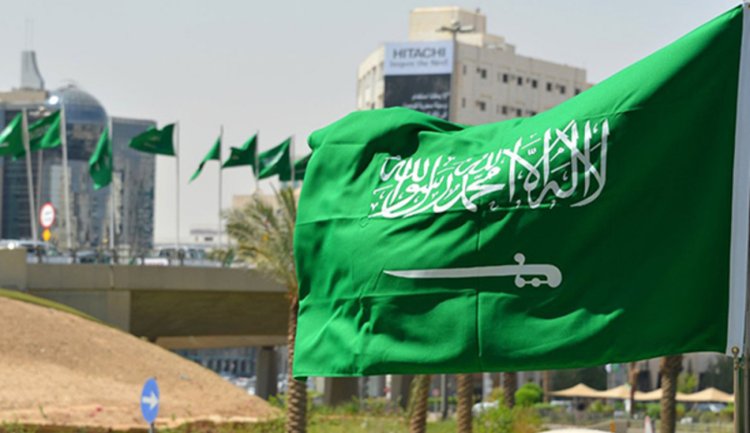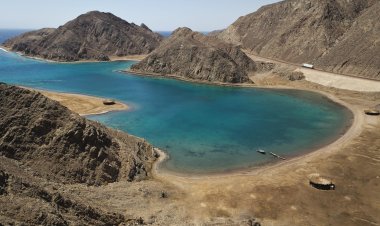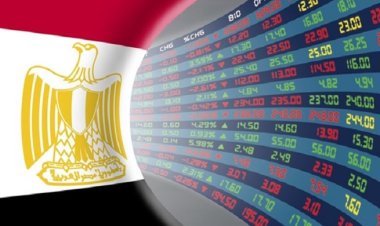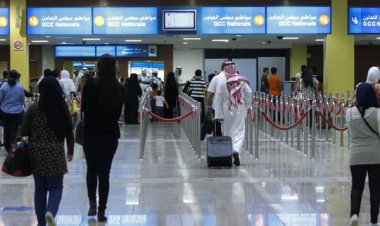Saudi Arabia's economy grows 4% in the first quarter of 2023

Non-oil activities led the Saudi economy to grow in the first quarter of 2023
Last year, the Saudi economy outperformed many countries in the region, achieving real GDP growth of 8.7%, leading the ranking of the highest-growing Arab economies in 2022.
The high growth achieved by Saudi real GDP over the past year is due to the boom in oil activities, which grew by 15.4%, while non-oil activities also grew by 5.4%.

The real gross domestic product in Saudi Arabia increased during the first quarter of 2023 by 3.9 percent, compared to what it was during the same period in the previous year 2022.
The results of the rapid estimates report of the gross domestic product for the first quarter of 2023, issued by the General Authority for Statistics, showed that non-oil activities in the Kingdom achieved during the first quarter a positive growth of 5.8 percent, compared to what it was in the same period in the previous year 2022.
Oil activities also increased by 1.3 percent year-on-year
According to the results of the report, the seasonally adjusted real GDP witnessed a decrease of 1.3 percent during the first quarter of 2023, compared to what it was in the fourth quarter of 2022.

the Saudi economy had achieved a growth of 8.7 percent on an annual basis during the year 2022, which is the highest growth in nearly 11 years, when Saudi Arabia recorded an economic growth of 10 percent in 2011.
Saudi Arabia had expected that the gross domestic product for the year 2022 would grow by 8.5 percent, from the previous rate of 8 percent, according to statements by the Saudi Finance Minister, Muhammad Al-Jadaan, last December.
Oil prices
Oil prices witnessed a decline, as the price of a barrel of oil reached $80 during the first quarter of this year, compared to oil prices in the first quarter of 2022, which exceeded $100 a barrel, coinciding with the outbreak of the Russian-Ukrainian war.
First quarter performance
The Kingdom’s budget recorded a deficit of 2.9 billion riyals (773.1 million riyals) in the first quarter, compared to a surplus of 58 billion riyals ($15.5 billion) in the corresponding quarter of last year. These are the most prominent financial results according to the Saudi public finance performance report in the first quarter:
1- Revenues rose 1% in the first quarter to 281 billion riyals ($75 billion) in the first quarter, compared to 278 billion riyals ($74.1 billion) in the corresponding quarter of 2022.
2- Oil revenues declined by 3%, to 178.6 billion riyals ($47.6 billion), compared to 183.7 billion riyals ($49 billion) for the same period of 2022.
3- Non-oil revenues increased 9% to 102.3 billion riyals ($27.27 billion), compared to 94.3 billion riyals ($25.13 billion) for the same period of 2022.
4- Expenses rose 29% in the three months ending in March to 283.9 billion riyals ($75.7 billion), compared to 220.5 billion riyals ($58.8 billion) in the corresponding period of 2022.
5- Capital spending increased by 75%, recording 26 billion riyals ($7 billion), compared to 14.8 billion riyals ($4 billion) in the first quarter of last year.
Financial reforms
It is noteworthy that the policies adopted by the Kingdom to support the national economy contributed to the diversification of its sources and the provision of the appropriate environment to achieve the growth witnessed by the gross domestic product with all its components during the past year.

Economic and financial reforms, as well as the vision's programs, initiatives and major projects, have contributed, in addition to providing more investment opportunities for development funds and the private sector.
Accordingly, Fitch Ratings upgraded Saudi Arabia's credit rating to "A+" from "A", with a stable outlook, citing the kingdom's efforts to diversify its economy away from dependence on oil sales, and the country's strong fiscal and external balance sheets.


 Shrouq
Shrouq 












